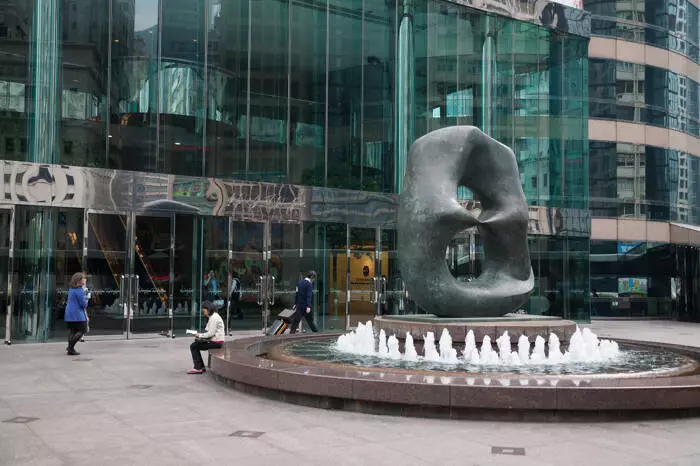The Hang Seng Index has experienced a troubling slump, declining for four consecutive weeks and shedding 2.46% in value. This downturn has predominantly arisen from persistent fears surrounding a potential global recession. Despite the severity of these market conditions, the week’s losses were somewhat alleviated by the closure of Hong Kong and Mainland China markets on April 4 for the Ching Ming Festival. However, this temporary respite does little to remove the larger clouds of uncertainty looming over the markets, particularly within technology and electric vehicle (EV) sectors, which harbor major contributors to this downturn.
Specifically, the Hang Seng Technologies Index recorded a significant decline of 3.51%. Major players in the EV market, such as BYD Electronic and BYD Company Ltd., saw their stocks plummet by 10.71% and 7.87%, respectively. Further compounding these losses, other automobile manufacturers like NIO Inc. and Li Auto also faced declines, signaling potential long-term weaknesses in consumer confidence in the face of fiscal instability.
The Ripple Effects of Global Events on China’s Tech Giants
The tech sector is traditionally viewed as a bellwether for market vitality; however, with the recent tumultuous conditions, even giants like Alibaba and Baidu reported drops of 5.73% and 5.95%. The market clearly lingered on the edge of apprehension. According to Brian Tycangco from Stansberry Research, the absence of local market guidance due to the holiday further exacerbated market fears. Investors were left with a sense of lurking uncertainty, particularly regarding potential weekend policy announcements from Beijing that could shift the sentiment on Monday.
Chinese American Depository Receipts (ADRs) also succumbed to the pressure, with significant declines across the board. The stock prices of Alibaba and JD.com showed alarming percentages of -10.45% and -9.45%. This suggests that the sentiment surrounding Asian equities is precarious, leading investors to adopt a defensive posture. With weekend trade talks and central government policy measures being focal points of speculation, the week could usher in a heightened sense of volatility.
Commodities Under Pressure: Tariffs and Economic Metrics
The commodities market has not been immune to the prevailing turbulence, facing a challenging week driven by fears of tariffs, central bank rhetoric, and OPEC developments. Gold, which had enjoyed a four-week winning streak, succumbed to a 1.52% fall to $3,037. The recent spike in gold prices is deeply rooted in geopolitical uncertainty stemming from trade-related tensions, but a hawkish tone from the Federal Reserve combined with positive U.S. labor market reports caused a knee-jerk reversal in market actions.
In addition to gold, the crude oil market witnessed a significant downturn, with West Texas Intermediate (WTI) prices tumbling by 9.81%, settling at $62.48. Concerns surrounding demand coupled with OPEC’s announcement of intentions to ramp up output raised alarms for traders, who reacted quickly to the implications of such a move. Meanwhile, Australian indices like the ASX 200 fell 3.94%, driven downward by declines in mining, energy, and technology sectors.
A Broader Perspective: The Nikkei Index and the Auto Sector’s Burden
Not to be overlooked, the Nikkei Index experienced a jarring drop of 7.30% amid escalating tensions tied to proposed tariffs and a strengthening Japanese Yen, which could have detrimental effects on Japan’s exports. This scenario showcases the exposed vulnerabilities of companies reliant on international trade, particularly in the automotive sector. Major names such as Nissan and Honda suffered considerable stock declines. The market’s reaction underscores how interconnected these economies are and how sensitive they can be to fluctuations in policy and sentiment.
Investors need to approach these shifts in market dynamics with a keen eye on upcoming policy announcements from Beijing and developments related to tariffs and central bank maneuvers. The present milieu offers more questions than answers, with many left wondering how low risk sentiment will spill into further market corrections across Asia’s financial landscape. The current environment demands vigilance; while these figures highlight the fragility of the market, they also signal the potential for resilience – an aspect that investors must not overlook as they navigate this complex narrative.

